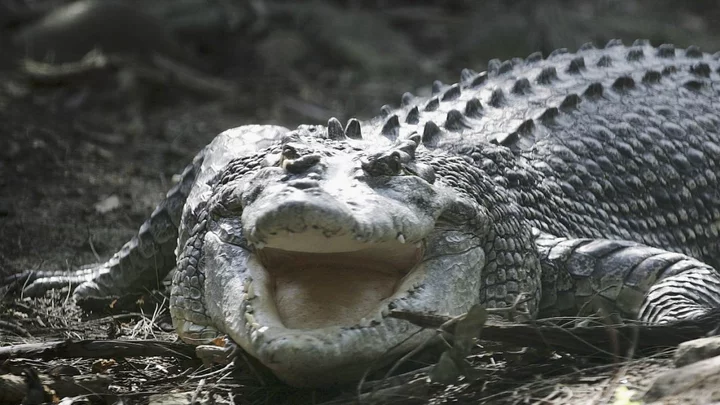Hundreds of crocodiles in Australia were recently sent into a sex frenzy when a low-flying Chinook helicopter passed overhead.
Ranchers from the Koorana Crocodile Farm in Queensland, which houses more than 3,000 crocodiles, said many of their residents became aroused after the flyby.
John Lever, owner of the farm, said pilots use it as a marker point in their flights.
When a pilot flew low so their passengers could take a picture of the crocodiles, the reptiles were whipped up into a frenzy.
He said: “All of the big males got up and roared and bellowed up at the sky, and then after the helicopters left they mated like mad.
“There's something about the sonic waves that really gets them stirred up.”
As it turns out, thunderstorms regularly act as an aphrodisiac to crocodiles.
If the reptiles mate during storm season, their babies are more likely to hatch in a non-thunderstorm season, meaning they don’t drown in flood water.
“The crocodiles start vocalising to each other [when a storm is coming],” Lever said.
“They don't have a very sophisticated voice box, but they vibrate their windpipes to send messages through the water.”
That may explain why the helicopter caused such an aroused response – they thought it was a megastorm.
Herpetologist Mark O'Shea from the University of Wolverhampton told LiveScience: “Chinooks may artificially recreate the sound of the start of a thunderstorm.”
Another possible explanation is that the movements in the water or downward wind caused by the choppers could trick them into thinking there is a change of atmospheric pressure, like when a storm is approaching.
“I imagine that the downdraft from a large, heavy helicopter would create a change in pressure that the [sensory organs] on crocodile skin can detect.
“Dropping barometric pressure from a downdraft may resemble the change in pressure from a storm.”
Sign up to our free Indy100 weekly newsletter
Have your say in our news democracy. Click the upvote icon at the top of the page to help raise this article through the indy100 rankings.









